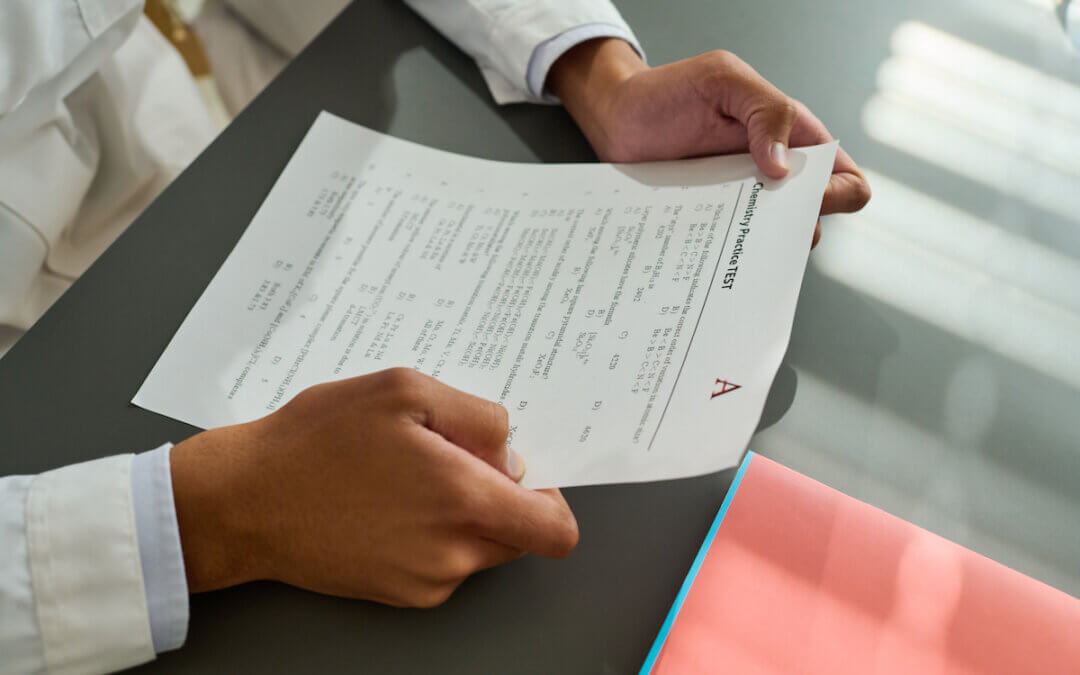Aside from the extremely competitive schools with meager acceptance rates, many colleges and universities in the United States admit most applicants. In fact, according to The Atlantic, seventy-five percent of schools on The Common App accept more than fifty percent of their applicants.
Despite this fact, about 700,000 seniors who create a Common App account do not end up filing an application, and a majority of those who do not apply tend to be lower-income, first-generation, and minority students. To combat this dilemma and “alleviate the congestion,” direct admissions, a method by which colleges reach out to the student first, have become a more prevalent way to apply to colleges in recent years.
So…how do direct admissions work?
First, students create a profile with their GPA, sophomore and junior year grades, extracurricular activities, and intended major (Information varies by platform). As reported by Inside Higher Ed, colleges then reach out to the students first based on their profiles, rather than students applying to the school. After the student receives an offer letter with a “personalized list of colleges that are proactively offering that student admittance,” they fill out the application for their first choice school with a waived application fee.
According to Inside Higher Ed, more than 650 students were accepted with generous scholarships to colleges through direct admissions in the 2021-2022 cycle. Likewise, direct admissions are seen as a way of removing financial and time barriers for students. The entire process takes less than 30 minutes, and according to Augsburg University, the average response time has been 7 minutes for the past cycle. Goldey-Beacom College in Delaware, a participating institution of the direct admissions process through Sage Scholars company, plans on extending its first offers during the first week of November after a careful screening process.
The process is also beneficial for higher institutions; according to The Washington Times, the direct admissions option can help smaller schools recover from COVID-19 closures and allow low-income students to apply to college with more affordable options.
According to Inside Higher Ed, the program involves schools with a history of admitting low-income students. Concourse, an online enrollment platform, set up 10 participating colleges in the Chicago area last year. For the 2022-23 cycle, the platform has expanded to 125 colleges throughout the United States.
Concourse is not alone in trying out new pipelines for student acceptance. Starting November 1st, The Common App will offer direct admissions as an option involving 14 schools: Augsburg, Austin Peay State, Frostburg State, George Mason, Iona, Kean, Marymount, Montclair State, New Jersey City, Stockton, and Virginia Commonwealth Universities; Mercy and Utica Colleges; and the University of Maryland Eastern Shore.
Although top universities are unlikely to offer direct admissions anytime soon, other colleges actively embrace the new way to make the application process easier. Schools are actively shifting resources from application review to discussions with admitted students about what they can accomplish at the school.











